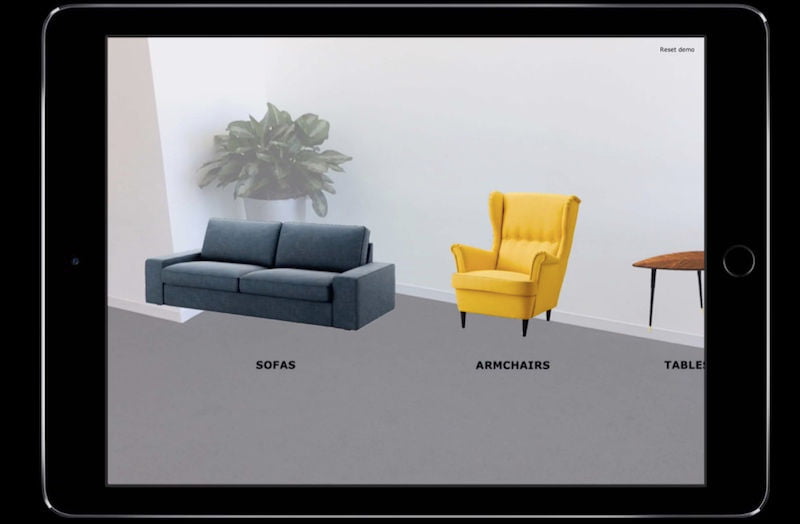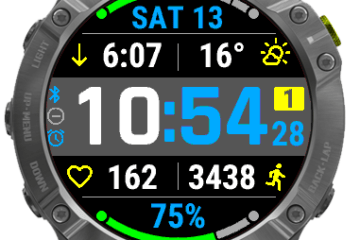
A handful of developers have just given us the first glimpse of what we could expect from ARKit, the augmented reality framework Apple announced for iOS at its WWDC developers conference earlier this year. And it looks nothing short of amazing.
Have you ever wondered how the sofas and chairs you’re eyeing at Ikea would look in your apartment? Very soon you will be able to find out just by using your iPhone and iPad. Developers at Ikea are using the ARKit framework to allow customers to place actual size replicas of furnitures at their place, wittingly illustrating the true potential of the feature, which many analysts think could be the next big breakthrough.
Ikea is just one of the big names that is thrilled about the potential of ARKit. Other companies including The Food Network, AMC TV, and Giphy are on the same boat. Giphy, everyone’s favourite service for finding the best GIF images, is upping the notch, and letting people add overlays on top of real life objects.
AMC TV is using the opportunity to let zombies from The Walking Dead show up in the confines of your walls. What’s better, one can use their iPad to fight those zombies, turning into an augmented reality-powered game that doesn’t require any of the expensive — or inexpensive headsets.
The Verge spoke to several other developers, including those who’re building The Very Hungry Caterpillar AR app. The app, as the report describes, lets people see a caterpillar through the lens of their phone. Users can feed the caterpillar when they like and watch it slowly grow.
The crux of the matter is that there are potentially thousands of use-cases of ARKit, and it’s left in the hands of developers to imagine a way forward. We will see many of these apps become available to the public when the iOS 11 is out.
In the meanwhile, Apple is still finalising the constraints of ARKit. The company on Monday announcedwhat it calls the “Human Interface” guidelines to mandate what safety aspects developers should keep in mind while utilising ARKit.
The company said developers should create “convincing illusions when placing realistic objects,” and “consider physical constraints” while also being “mindful of the user’s comfort.” If an app requires users to walk, that progression should happen gradually.
Perhaps coincidental, but the announcement comes on the same day when Google announced its new foray into the AR space called ARCore. It will be interesting to watch how the two companies expand the potential and reach of their AR efforts, and where there developers take them.
[“source=gadgets.ndtv”]




